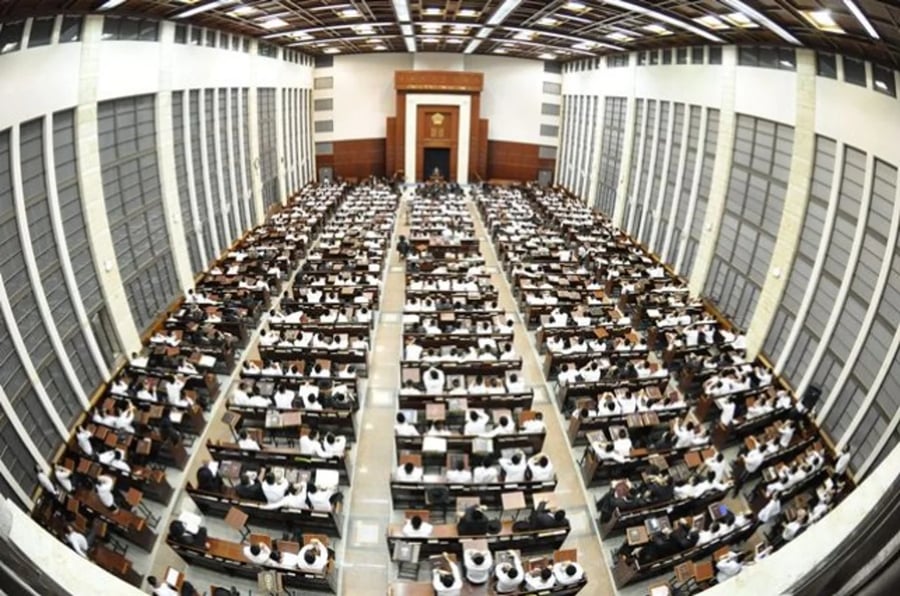
When Rabbi Nachum Partzovitz arrived in Shanghai in 1941, he was part of an extraordinary exodus. The entire Mir Yeshiva - over 400 students and faculty - had fled across Russia and Japan to find unlikely refuge in China during World War II. It was perhaps the most remarkable survival story of Jewish scholarship during the Holocaust.
Among these refugees was the young Partzovitz, who would later emerge as one of the most influential Jewish scholars of the 20th century. Born in 1923 in Trakai, Lithuania, he had already distinguished himself as a prodigy studying under towering figures like Rabbi Baruch Ber Leibowitz when war forced their flight eastward.
The Shanghai years proved transformative. While European Jewry faced destruction, Mir's scholars continued their intense study in makeshift conditions. This preservation of Eastern European Jewish learning tradition would later prove crucial for rebuilding post-war Jewish scholarship.
After the war, Partzovitz followed the yeshiva to Jerusalem, where Mir would be reestablished and grow into the largest yeshiva in the world. His marriage to Ettel, daughter of the renowned Rabbi Chaim Shmulevitz, cemented his position in the yeshiva's leadership. By 1965, he had become one of its heads.
Partzovitz developed a distinctive analytical method that came to characterize Mir's approach to Talmud study. His focus on precise textual analysis and original sources, while avoiding speculative interpretation, influenced generations of scholars. His lectures, later published as "Chiddushei Rabbi Nachum," became foundational texts in advanced Talmudic study.
But perhaps most striking was his insistence on joy in learning. When confronted with a troubled student's depression, he famously responded with incomprehension: "How can one be sad when studying Torah?" He taught that like trees flourishing in soil, scholars find their natural happiness when rooted in study.
Today, the Mir Yeshiva that Partzovitz helped rebuild enrolls over 9,000 students across multiple campuses. Its Shanghai years are remembered as a pivotal moment when ancient tradition found modern refuge, enabling figures like Partzovitz to transmit and transform Jewish scholarship for future generations.
Until his death in 1986, Partzovitz exemplified this synthesis of preservation and innovation - a refugee scholar who helped ensure that the interrupted chain of Jewish learning would not only survive but flourish in new soil.







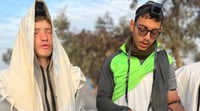



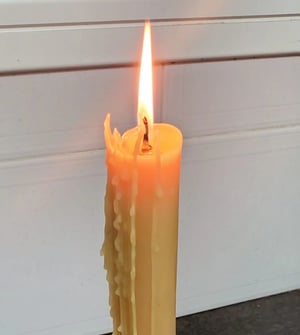


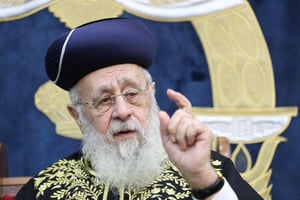
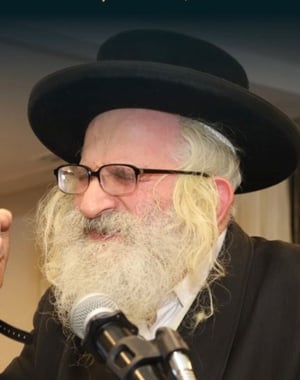
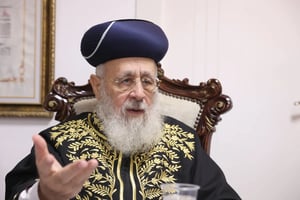
0 Comments